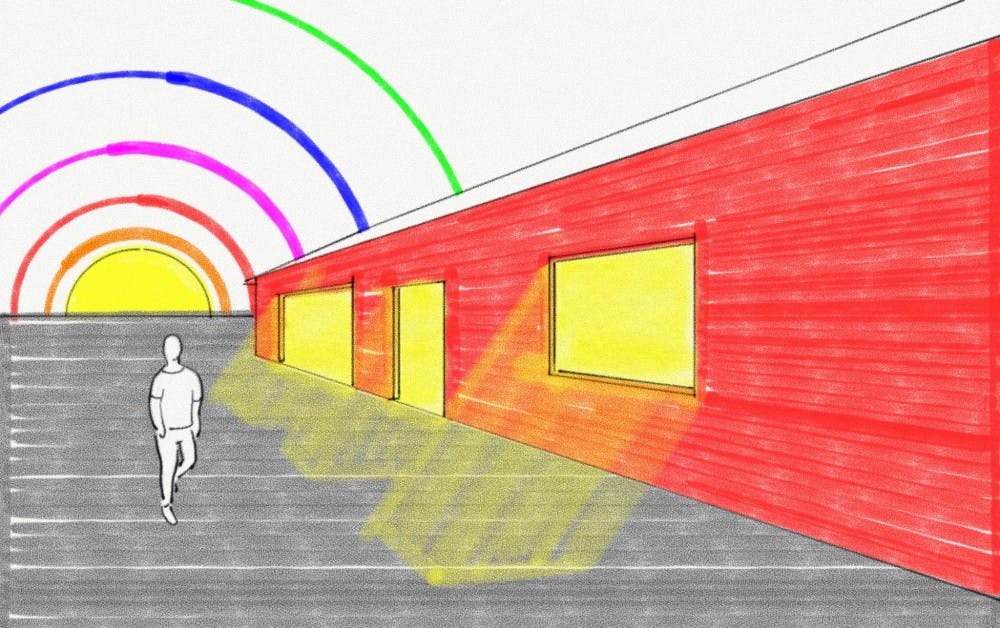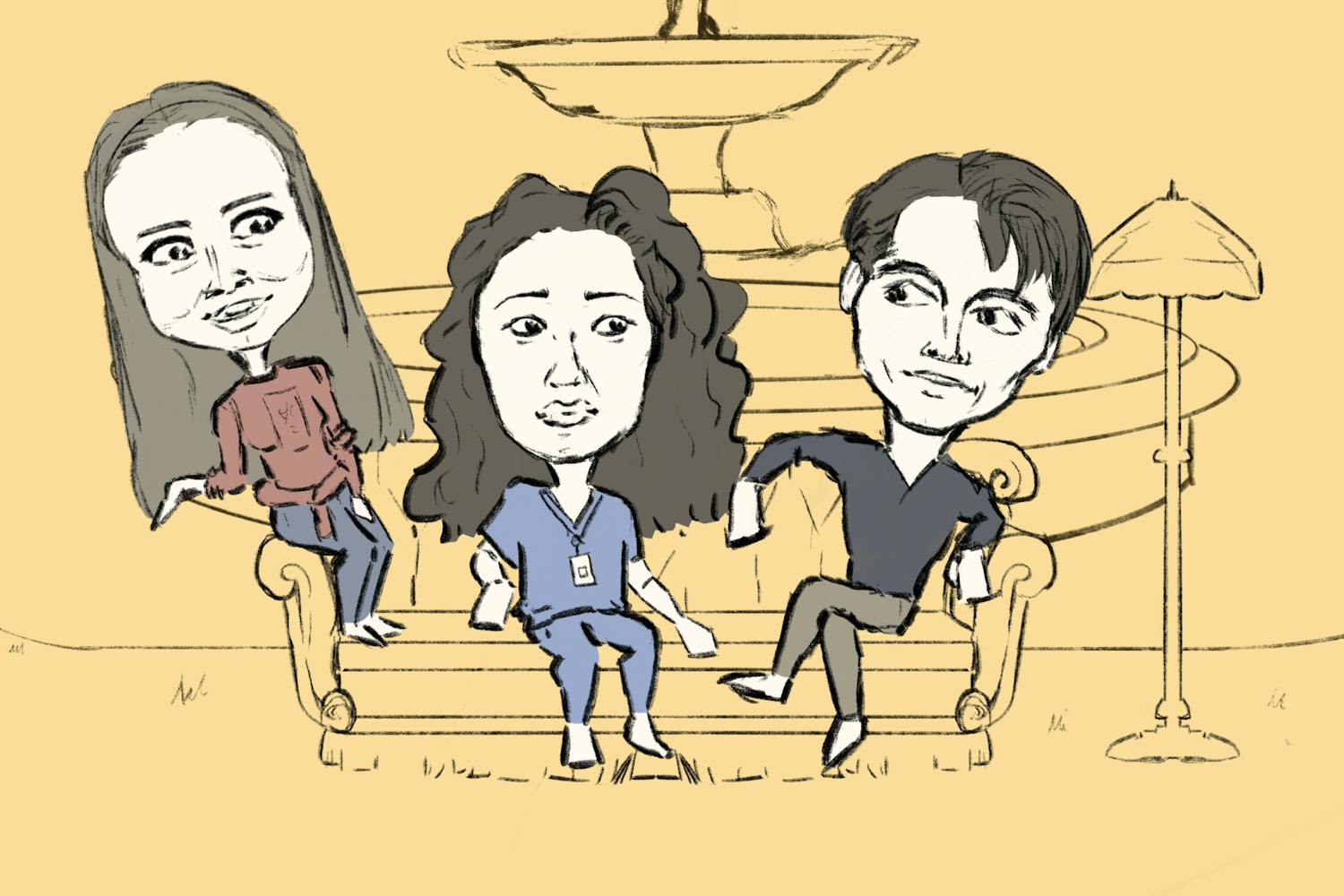LGBT+ is a common acronym used to describe communities outside of heteronormative and cisgender identities, but many people may not know what is included in the "+," and some ASU students and faculty feel like this can lead to underrepresentation and erasure.
LGBT stands for lesbian, gay, bisexual and transgender — but the plus that is usually included after the acronym encompasses a list of other identities that fall under the queer umbrella. The "+" aims to include those who identify as queer, intersex, asexual, demisexual, non-binary, gender fluid, pansexual, polyamorous, questioning and many more.
Michelle Gohr, an ASU instructor and the faculty advisor for the LGBT+ club Spectrum, said the practice of simplifying all of these preferences and identities into LGBT+ is just more efficient since every sexuality and gender wouldn't be able to fit into one abbreviation.
However, she said lumping the extra initials together could cause people who aren’t familiar with the queer community to be less knowledgeable about orientations and identities that fall under the "+."
“On one hand, the fact that the plus is included is extremely important because it still acknowledges, ‘Hey, this is a very, very large acronym, and we are going to list out these first few ones, but there are more and we recognize you,’” she said.
Gohr said that, on the other hand, the ambiguity of the plus can create a sort of invisibility for those within the plus category, which can lead to underrepresentation.
“Not specifically stating a name or making space for something means that it is, in a sense, getting erased, whether that's intentional or unintentional,” she said.
Erasure can be an issue for those within the LGBT+ community, Gohr said, specifically in the case of bisexual erasure, which is when bisexuality is doubted or rejected by people outside of and within the LGBT+ community.
Gohr said she identifies as bisexual rather than pansexual, which she said she technically is, as a form of political activism to address bisexual erasure.
She said another reason she identifies as bisexual to others is because it’s easier for people to understand.
Kat Francke, a sophomore studying interdisciplinary arts and sciences and the public relations officer for Spectrum, said they believe many of the sexualities and genders within the plus category seem new to people because they aren’t represented.
Francke, who identifies as non-binary and exists in the asexual and aromantic spectrum, said they think people within the plus category feel a need to identify as lesbian, gay, bisexual or transgender to be better understood.
“I don't really feel like there's a lot of people attacking the plus side of it, but at the same time, there's not really a lot of people who talk about it,” they said.
Francke said they have even noticed a lack of specific asexual representation at ASU.
“ASU does a pretty good job of advertising for things like National Coming Out Day, bisexual awareness week and all those things,” Francke said. “But there's not really anything specific to non-binary, asexuality and all of the other identities that don't really fall under LGBTQ.”
However, Francke said they have noticed many professors use gender-neutral language that creates a more inclusive environment for students who belong in the plus category, and while it doesn't completely acknowledge other identities, it can make students feel more comfortable.
Sage Wright, a freshman majoring in history and a former member of Spectrum, said he identifies as demisexual.
For him, demisexuality means he only becomes attracted to people once he gets to know them, becomes their friend and falls for their personality.
Wright said he had never heard of demisexuality until he discovered it online.
“It wasn't until a while ago when I looked on Google, and I saw the Asexual Visibility and Education Network and saw about demisexuality and thought, ‘That's literally me!” he said.
Wright said that as he grew up, he felt different from his peers who were not demisexual because they easily developed attraction while he took time to feel those same things. Today, he said he feels a similar disconnect with the LGBT+ community.
“It's kind of hard because it's not something that really affects my life,” he said. “I guess I don’t really fit into the LGBT community, but maybe that's just me. I don’t really feel like I fit in with other queer people.”
Reach the reporter at jkbeneve@asu.edu and follow @JacobBenevento on Twitter.
Like The State Press on Facebook and follow @statepress on Twitter.




